Hair, eggshells, and Post-its transform once they enter Gabriel de la Mora’s laboratory. Equipped with unique tools, the craftsman transmutes discarded materials into detailed works of art driven by process and investigation. As he expresses, “My definition of art is parallel with the definition of energy, stated as: Art is not created or destroyed, it is only transformed.”
Methodology and Process
Some of my series require a daily study, the advances in each series are written and photographed, works that take weeks, months, and years to finish. The process is a very important factor in my work; usually it is documented in every piece’s file through written documents, photographs, and digital videos. The process behind each work is something that is not commonly seen, but all this saved information will be shown in case someone asks. Generally, this process opens the lines of experimentation and new series, new works, and new suggestions. It’s important to mention that every time an error appears (although in art there are no errors), it is not corrected or integrated in the composition. The piece is discarded and destroyed, and I start again.
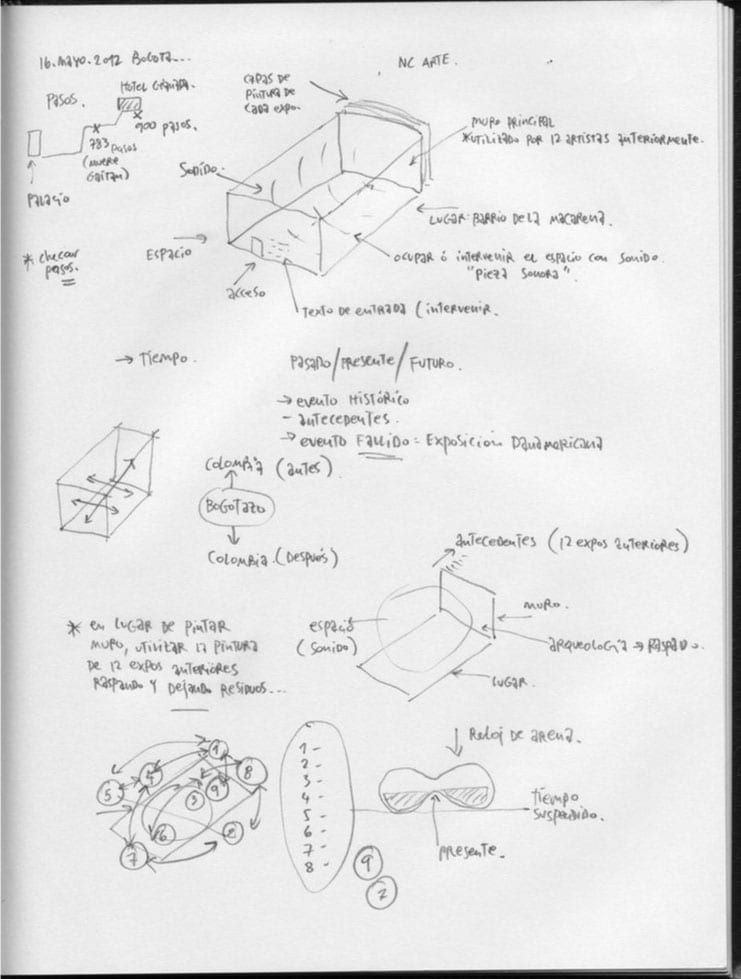
Reflection
I see art as a question where the work or the end result is the answer to that question; the process is all that takes to answer the question. Time is an important element in my work along with many other concepts or elements. Every process is bound to an investigation- an experimentation and testing of materials so that no final piece suffers the passage of time. Each piece requires a long process, going through the same motions for weeks or months lead me to achieve a special state in which I can think better and an infinite number of ideas arise.
Cultural Commentary
I am not interested in the “Latin American” aspect and I never think about it. Being Mexican and living in Mexico may be a source of special information. I am submerged in the particular context of this city, which is a source and a laboratory of ideas. I search, discover, and rescue discarded materials and transform them into something more. I utilize elements that are found in any part of the world, like hair, eggshells, old shoe soles, soffits, doors, and laminated floors. Being found or created in Mexico, these materials contain particular information, although they translate into a universal message. Each material carries the residue of everyday use.
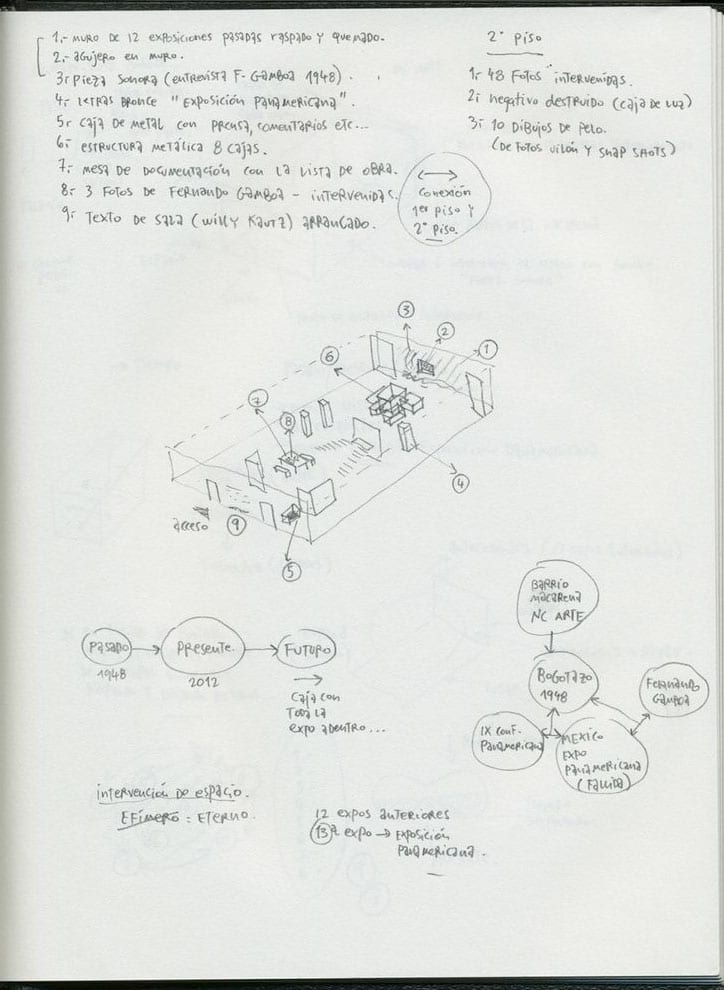
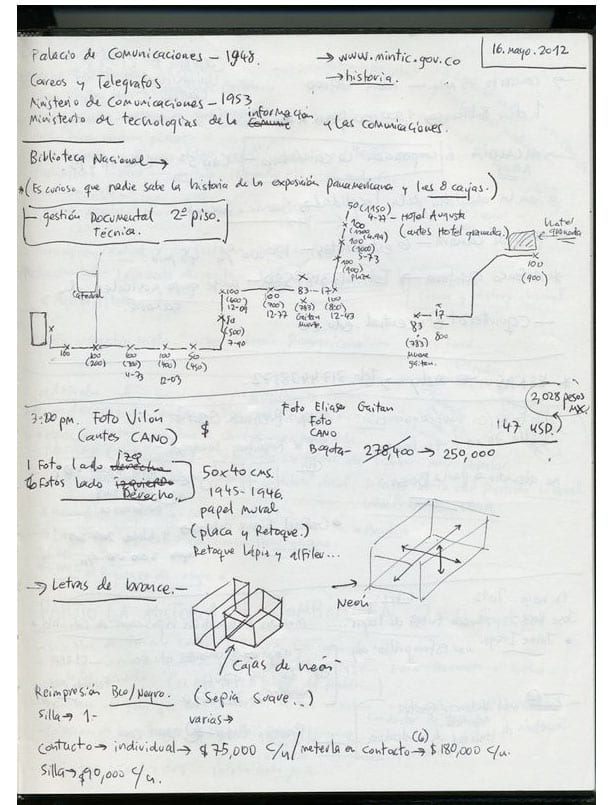
Pelo I
The Pelo I series is a very important series that opened a lot of doors and lines of investigation and experimentation. It started after I earned my MFA degree at the Pratt Institute in New York in February of 2004. The best way to question and see painting is to be outside of it, which prompted me to stop and return to drawing. I created my own definition of drawing: “A drawing is a set of dots and lines that give an image an idea or concept over paper.” Subsequently, I arrived at hair, because it’s a dot and a line at the same time. It also belongs to a person and contains genetic information. A strand of hair begins as part of a specific person and extends to humanity. This methodology started in this series and it has become an evolving technique in my work through the years.

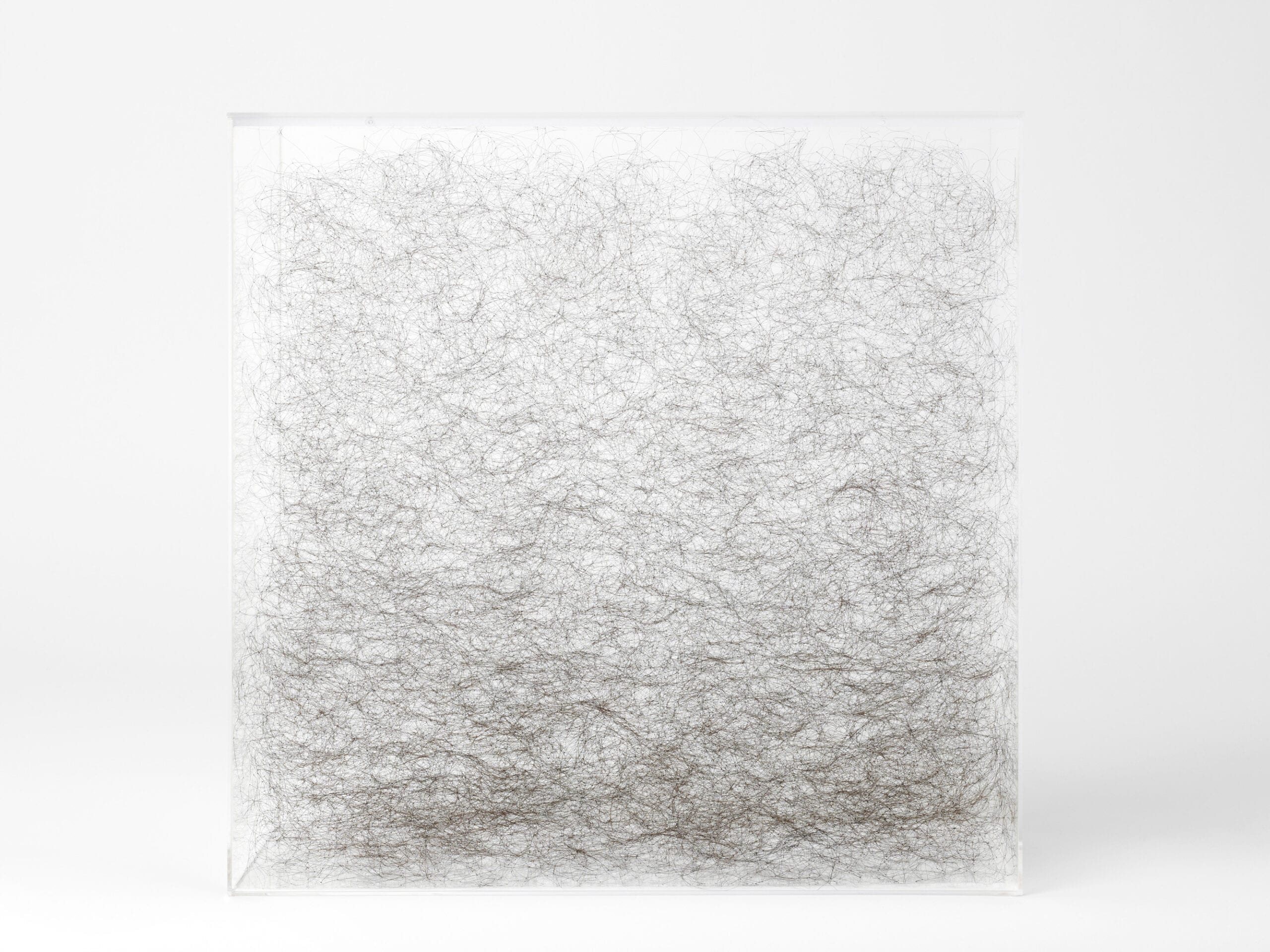
Unicel
The Unicel series explores “monochrome,” where an image is dematerialized and translated into styrofoam balls of various sizes. Each ball is a small part of a greater whole. Every ball generates a spot in the piece, you can only see it through the shadow created by the light projected in each styrofoam ball.
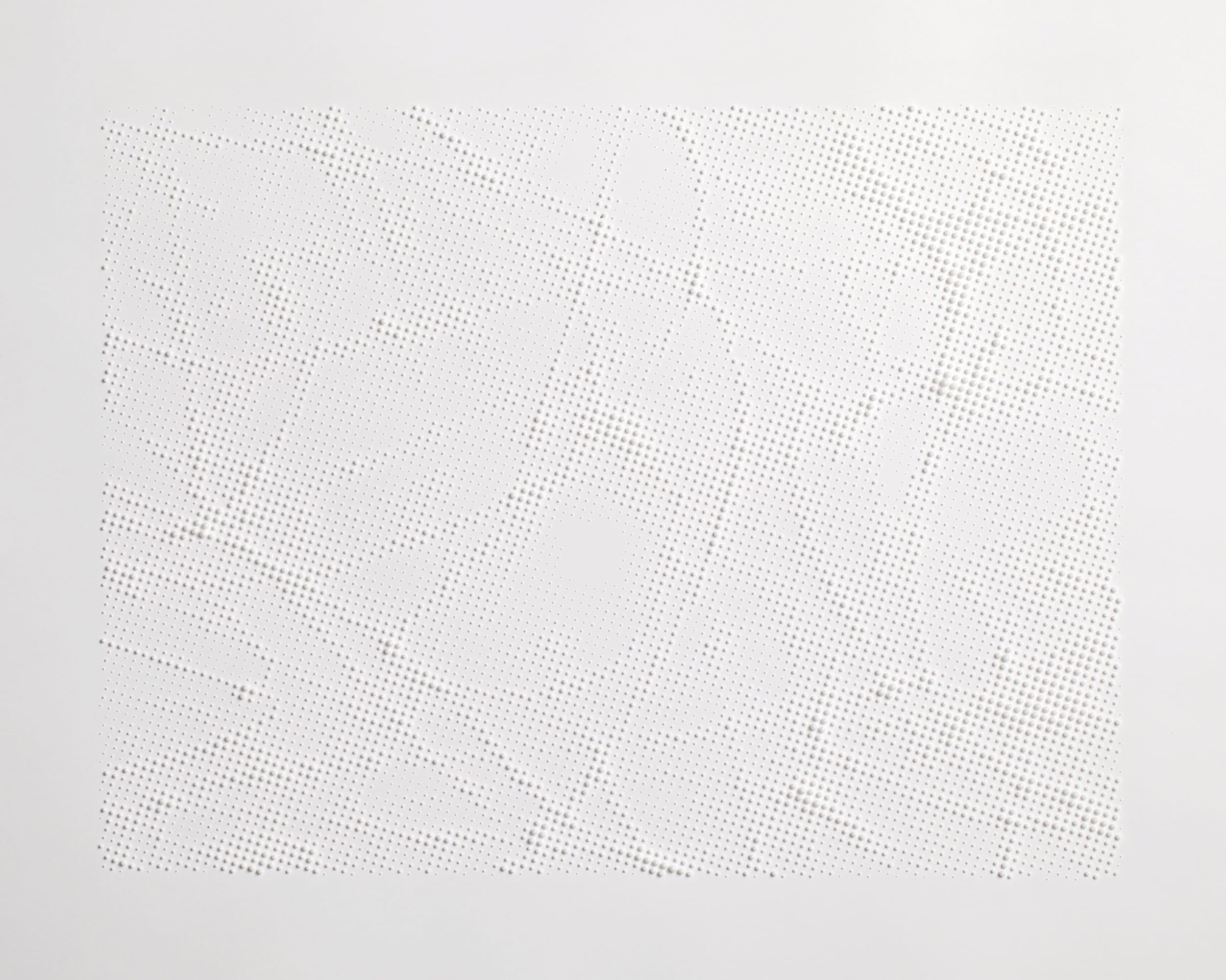
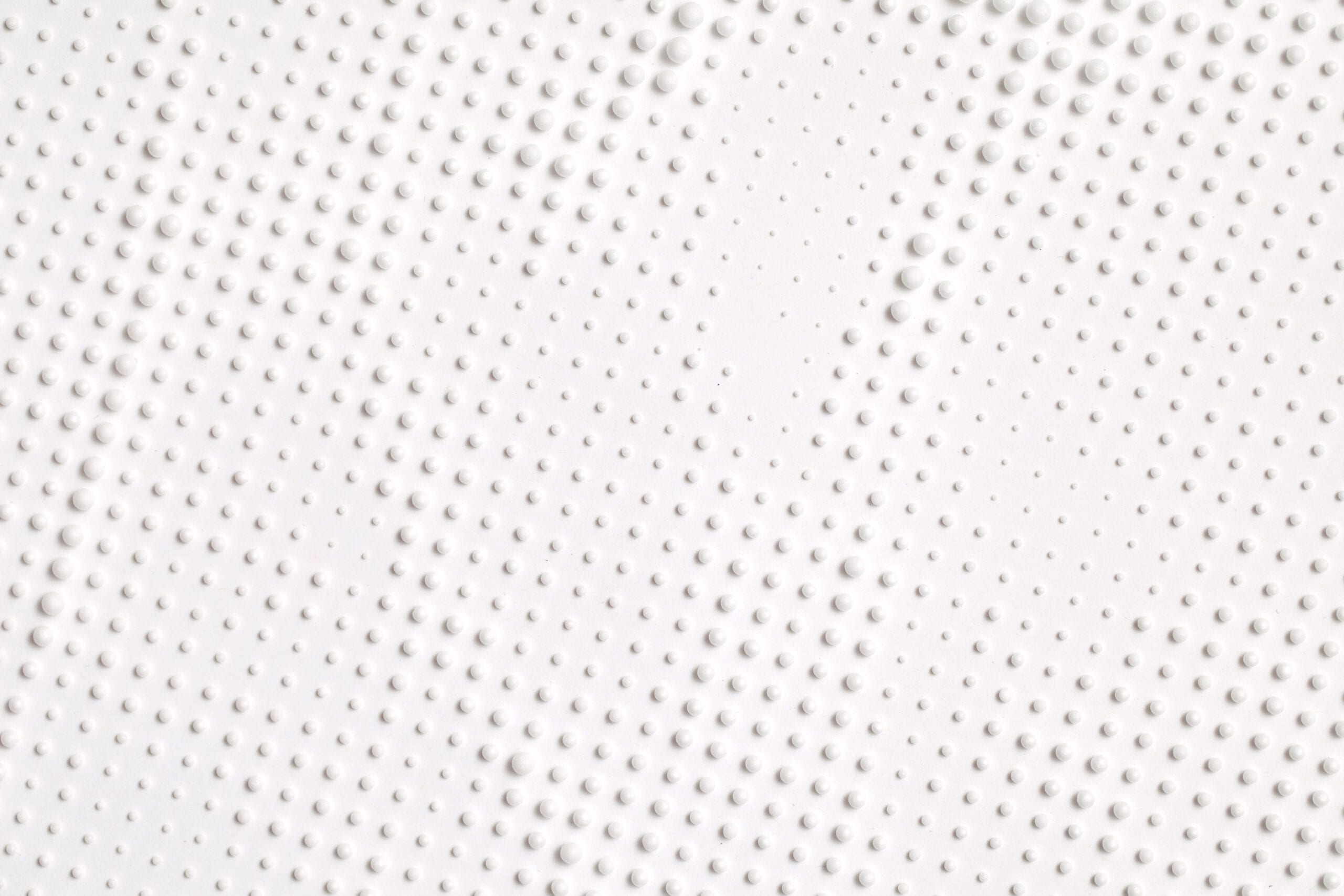
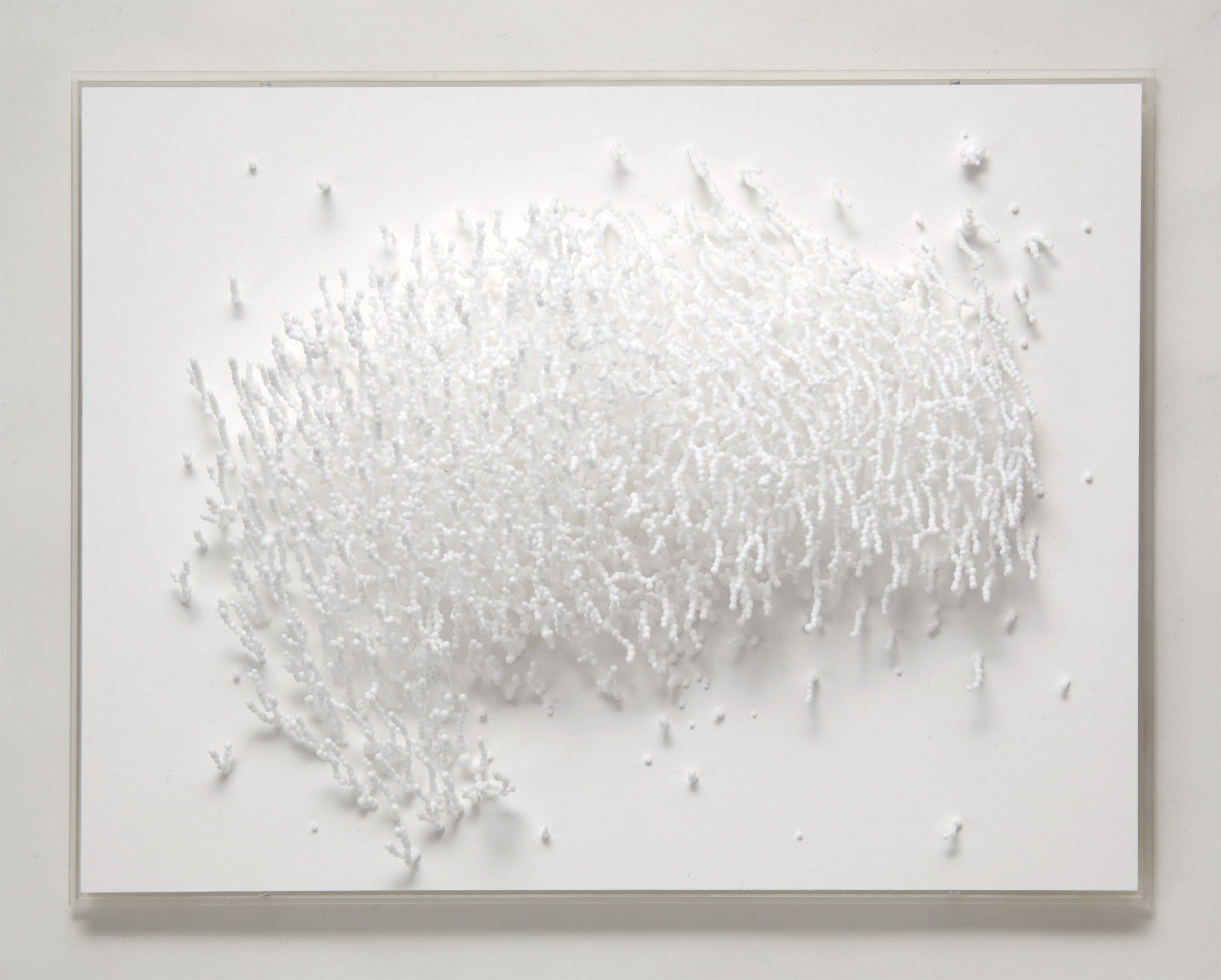
Cascarón de Huevo
The eggshells are cleaned and the membrane is removed. Every set of eggshells have thousands of different white tones so no piece is the same size and form. Each piece is broken by hand, creating different sizes and is then glued to the surface. It’s like creating a puzzle as I try not to leave space between them. While filling in the surface I count every piece to know the total amount at the end of the work.
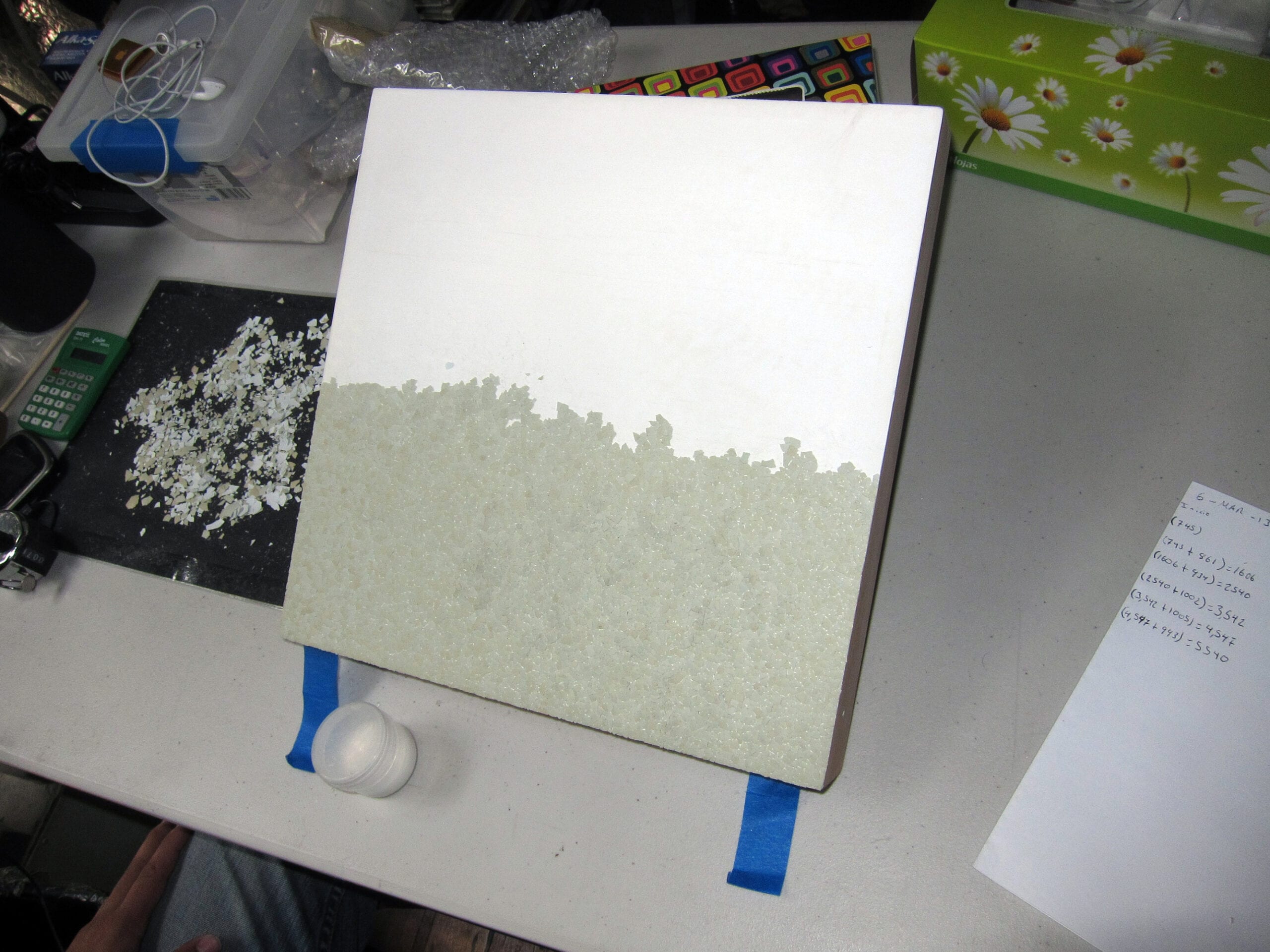
pedacitos de cascarón de huevo sobre madera, 30 x 30 x 3.9 cm, 2013
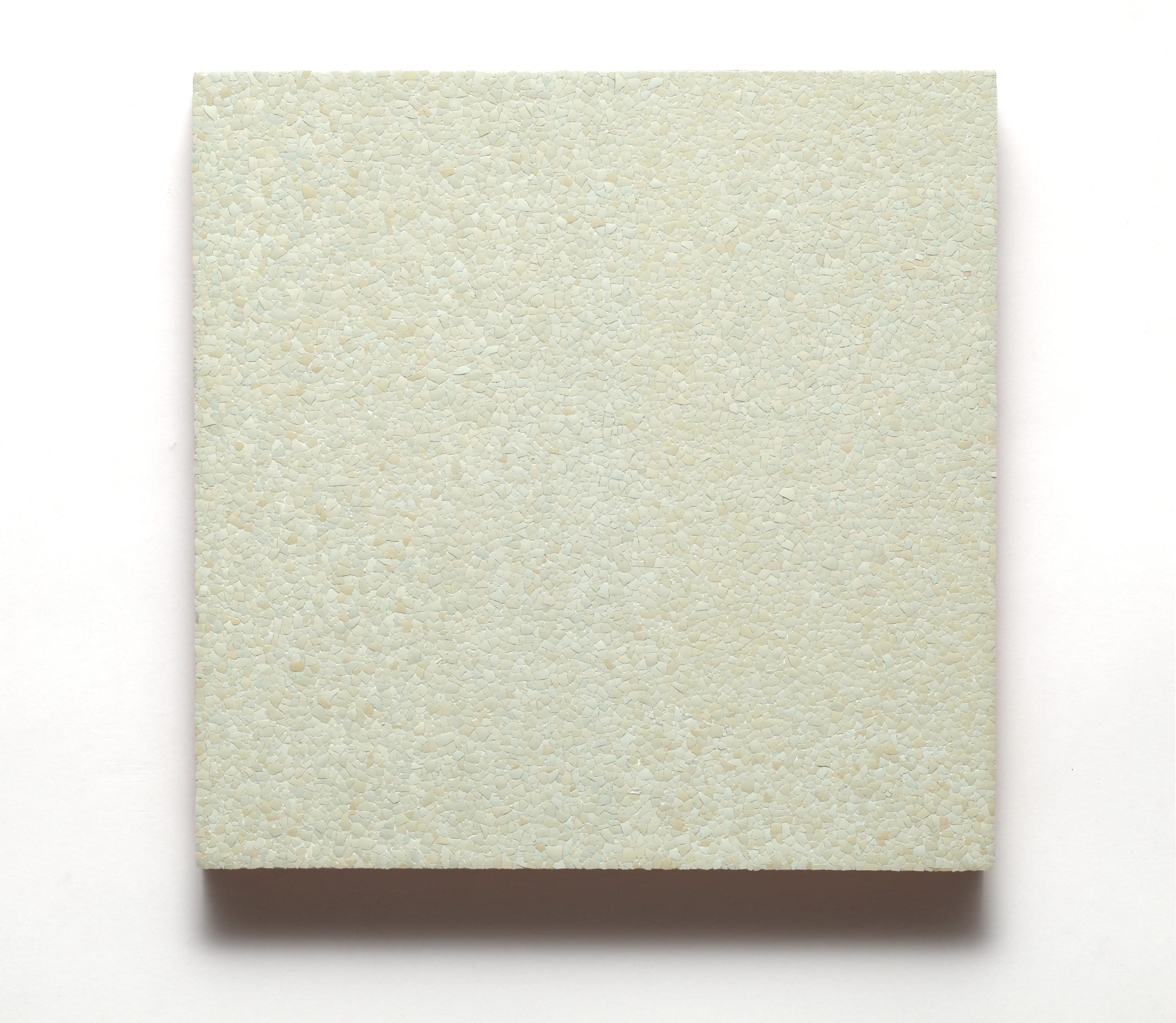
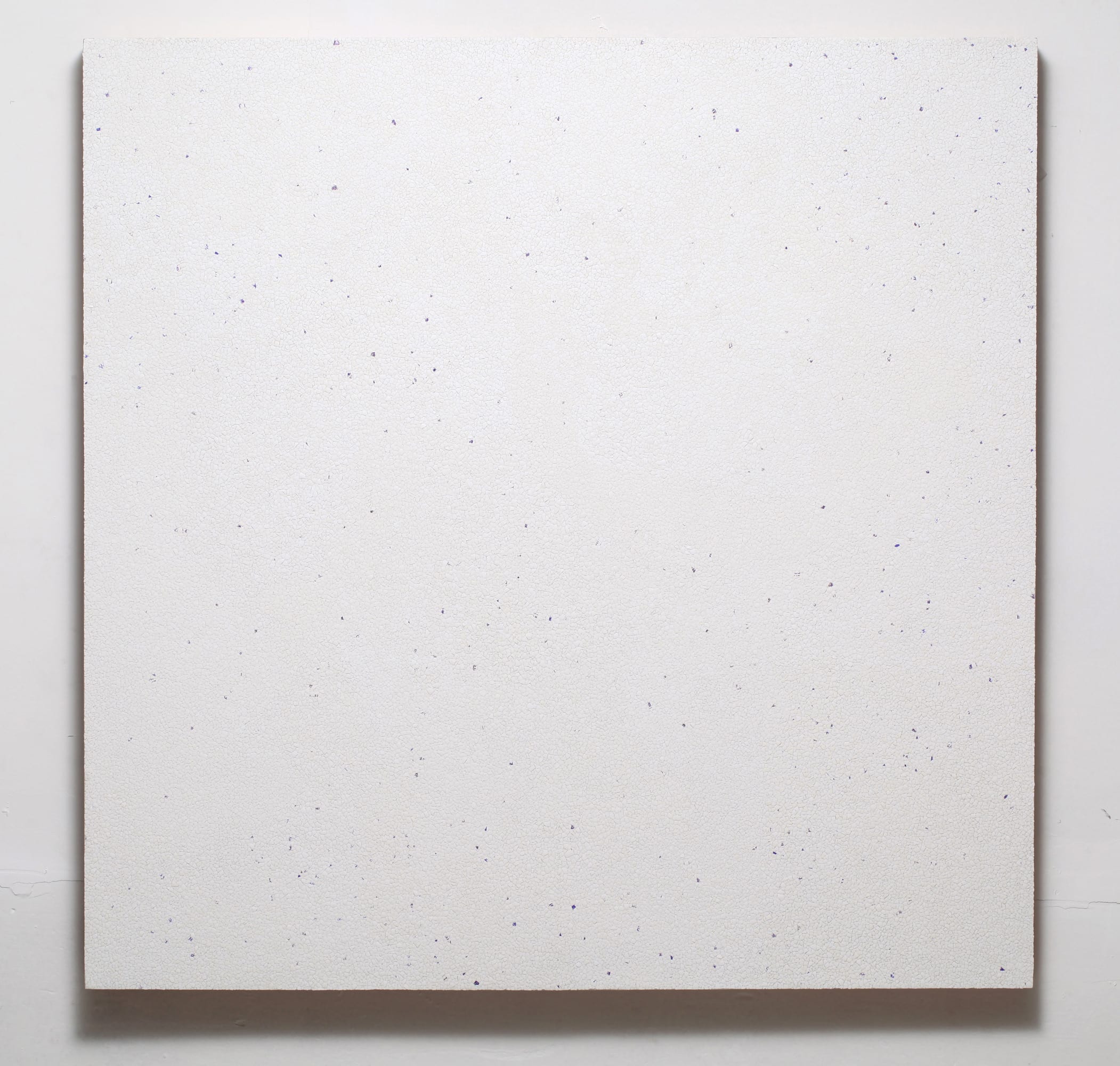
Post it
The Post it pieces have two different readings according to the direction they are located, the width and length of perception changes according to how the light is positioned. Some colors are visible while others are almost invisible. Every Post-it marks the place where I wrote a word, the word transforms into a color and a form. The Post-its conceal words that have the same meaning in English and Spanish, for instance, “moral,” “singular”, “horror,” and “formal.”
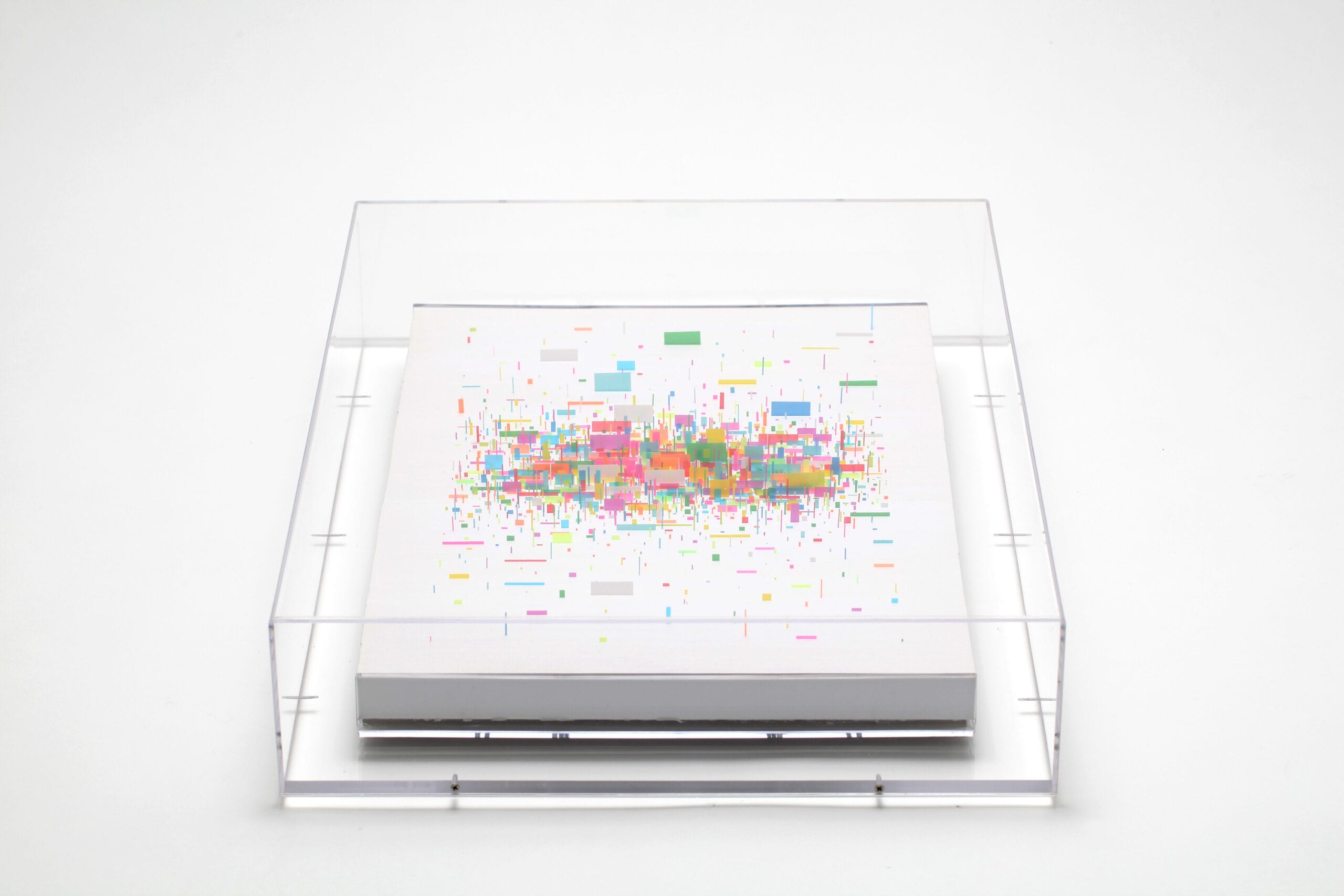
New Work
I am presenting new work for the 2013 California Pacific Triennial curated by Dan Cameron from the Orange County Museum of Art. There are a total of five pieces and four of them explore painting. My focus in this series was directed toward the marks left by gravity and time. Altamirano 20 is the title of two paintings made with soffits from a 1870’s house located in the San Rafael neighborhood in Mexico City. The title refers to the address where they were recovered. The weight of dust and paint and other factors made the soffits give up, peel and spoil, until they were discarded and then transformed into paintings.
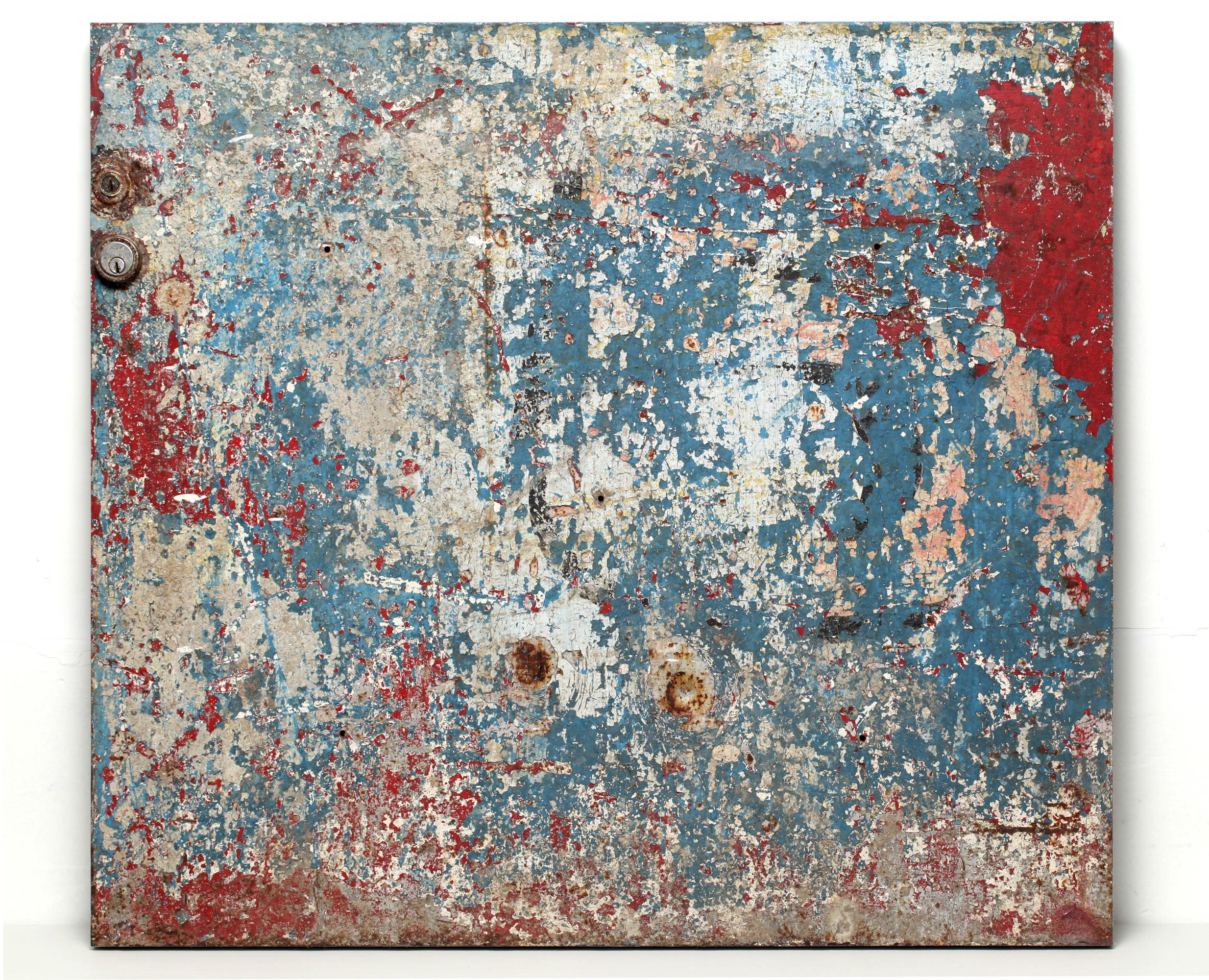
Puerta IB and Puerta IV consists of two metallic doors from homes dated back to 1910 in Mexico City. The various layers of paint, dust, contamination, residues of glued papers, in sum, the erosion accumulated through the years become visible, the colors, components, and at the end is transformed into a painting.
I am also presenting my first site-specific work where I create a composition directly on the concrete floor of the gallery. I invade a space of 147 x 468 cm with 1,153 leather and plastic shoe soles with holes that were discarded and then rescued. It is interesting to observe the piece with the soles upwards, showing holes, the size number, the marks, annotations made by the shoemakers with symbols, numerical accounts, or initials. The soles all have the same width 5.3 cm and length varies from 2 cm to 26.5 cm. After being an artist for 17 years, certain truths have revealed themselves. While certain variables like the concept and execution are under my control, the discarded material dictates the nature of the piece reminding me again and again that there is no such thing as absolute control.
Featured image: Gabriel de la Mora, Normal de la series Post it (Detalle), 1,497 banderitas post-it y lápiz sobre papel, 50 x 35 x 4.6 cm, 2012
All images © of the artist

this is the coolest post-it art ive seen. wish his notes were in english so i can read them!